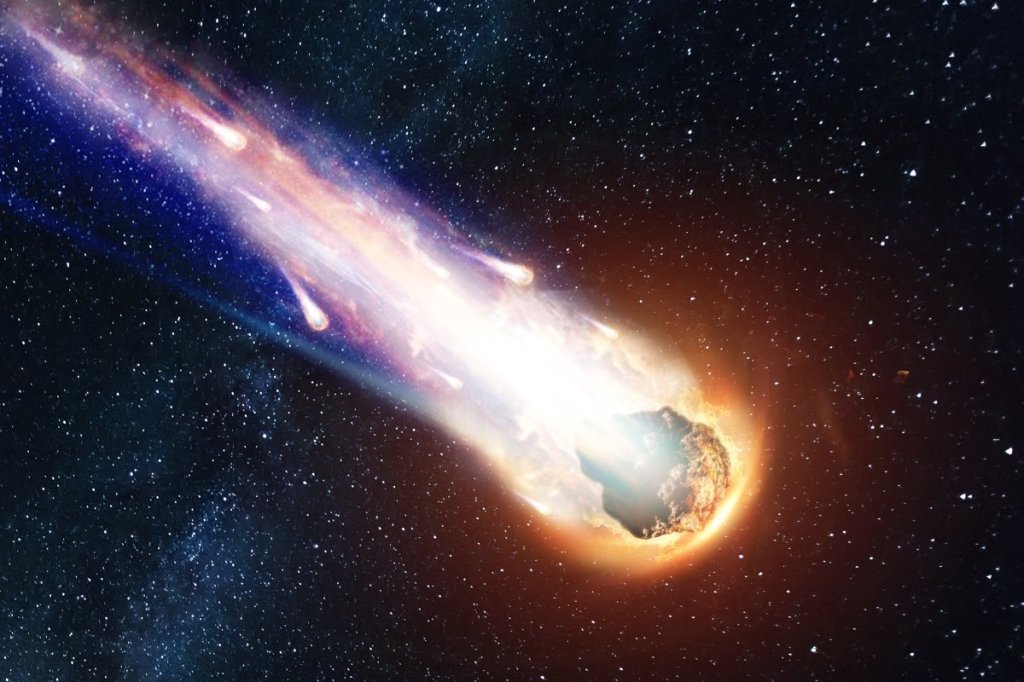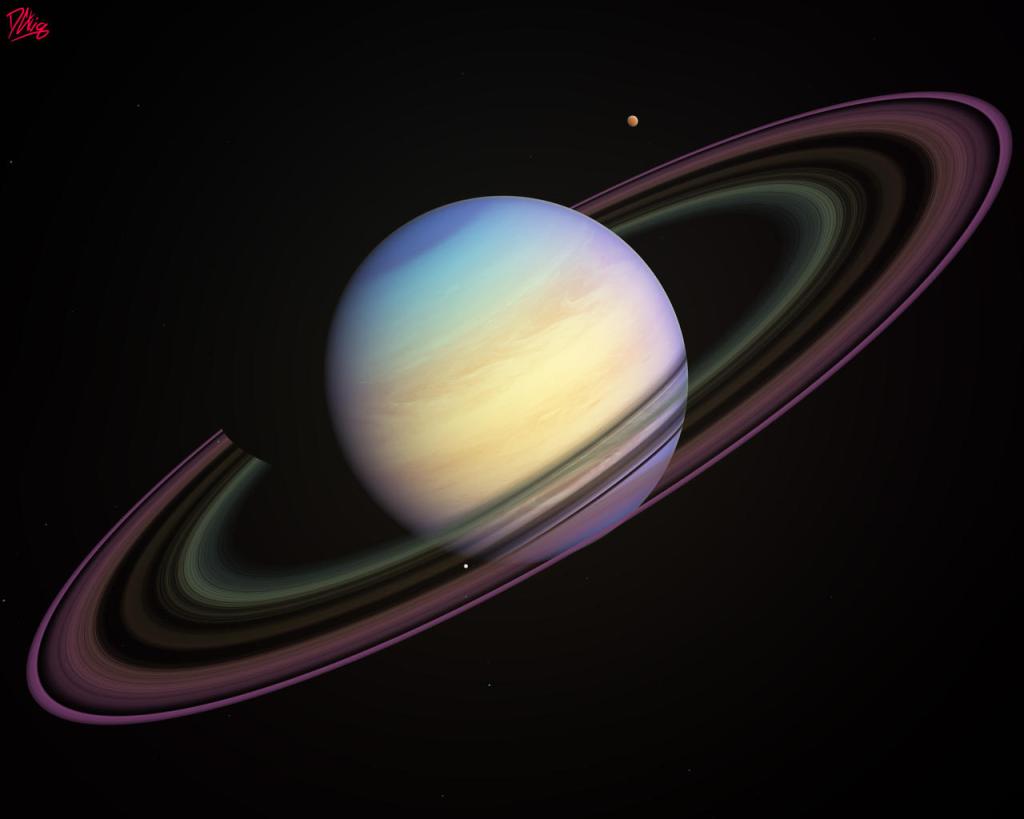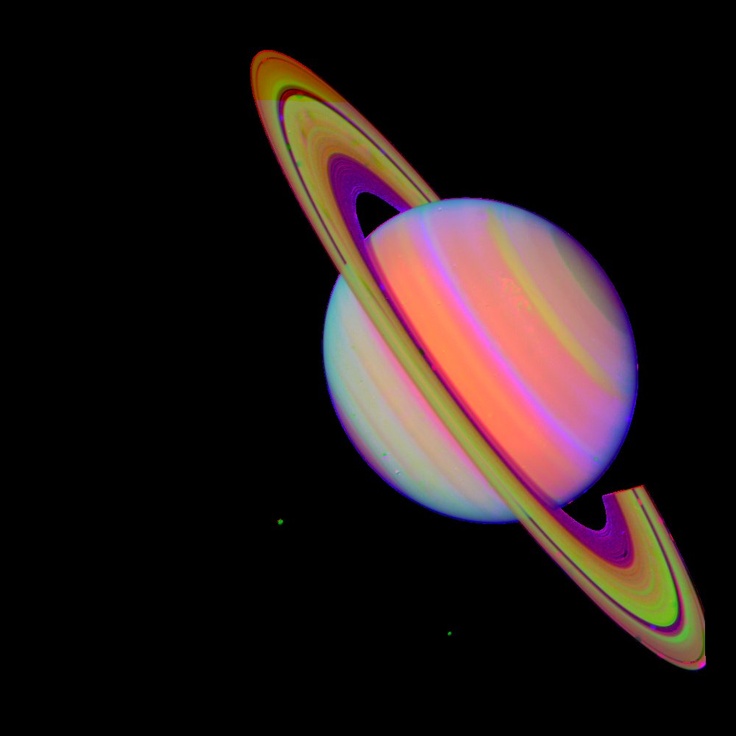
After learning briefly about asteroids and comets during previous units, I became intrigued by them. I had known a little bit about comets and where they are located within our solar system, but as I was reading about this in our textbook, I realized just how much more there was to learn. Comets are extremely interesting aspects of our solar system above, and in order to gain a complete understanding of the interworking of our universe, understanding the properties of comets is a great place to start.
To begin discussing comets in our solar system, it is beneficial to state the fundamental definition of a comet: a chunk of ice combined with rocky dust and other chemicals. To determine what the majority of comets are composed of, we turn to spectra (which we have discussed in previous units). From analyzing the spectra of various comets, astronomers have concluded that most comets contain hydrogen compounds, water, carbon dioxide, and carbon monoxide. However, these components on comets that make up their ice-rich properties do not necessarily stay in ice form for long…
When the comets are far away from the Sun, they are frozen. Due to the fact that they are not being heated by the Sun’s rays, they are frozen until they move any closer. In this frozen state, the center of the comets is called the nucleus. However, because comets are orbiting the Sun, the closer that they get to the Sun, the faster they go, and as this happens, their temperature increases. As their temperature increases, the ice vaporizes into gas! This gas takes dust particles out of the nucleus and helps to create the comet’s coma. As this coma grows, the comet forms a tail. These tails face away from the Sun for the majority of the time, and they come in two different forms: plasma tails and dust tails.
Plasma tails are made up of ionized gasses (ionized by UV light), and dust tails are dust-size particles that are not affected by the solar wind and are pushed outward by sunlight! During this process, comets cannot stay as big as they originally were forever because their ice is melting. Therefore, it makes logical sense that comets lose .1% of ice every time they pass around the Sun. Additionally, as a comet passes the Sun, the dust particles that are too heavy land on the comet’s surface — darkening it, blocking the outflow of gas, and preventing its tail from growing.
Now that we know a lot about these comets, only one more question remains: where do they come from? Astronomers trace the orbits of comets backward to find out where they originate from, and they determine that most comets must come from the Oort Cloud! The Oort Cloud is thought to have around one trillion comets. Some comets also come from the Kuiper Belt, a region with fewer comets.
This post provided a lot of information about comets, and I hope that you all learned something valuable from it. Knowing about comets is crucial to understanding our solar system as a whole, and I can’t wait to hear your questions about them!





Leave a comment